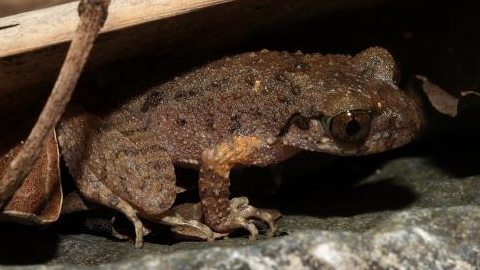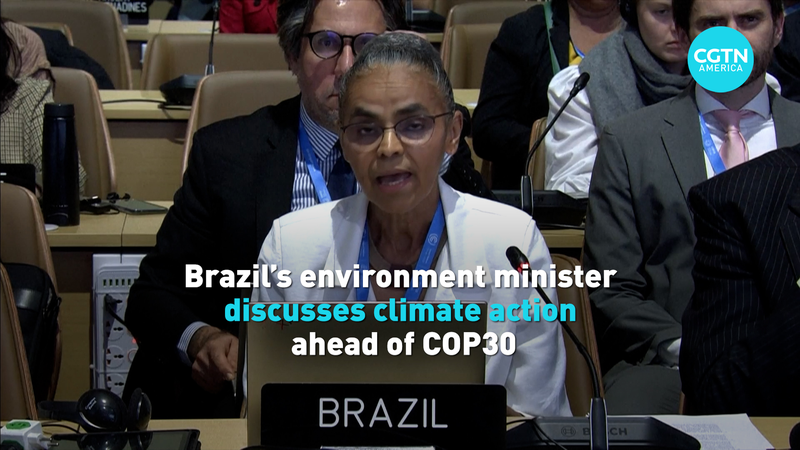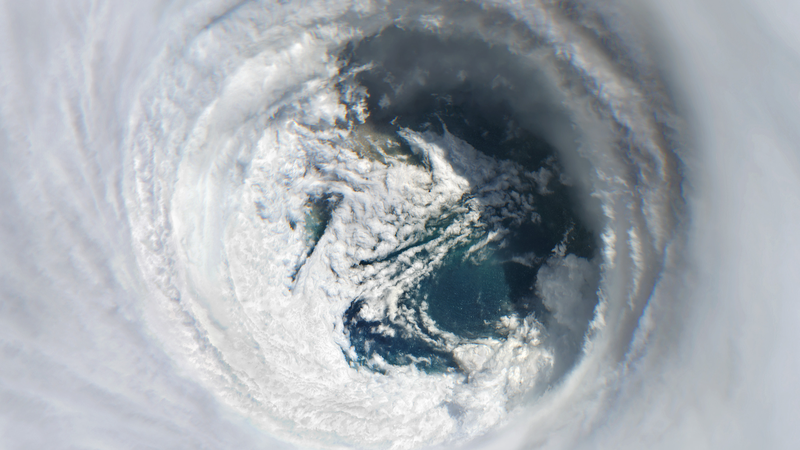Rising sea levels are eroding the San Blas islands, the ancestral home of the Guna people on Panama's Caribbean coast. For centuries, these vibrant islands have been a place of heritage, culture, and community. 🌊🏝️
Recently, climate change – driven sea-level rise has accelerated, flooding homes, salting freshwater wells, and threatening the very land where the Guna have lived for generations. Scientists warn that if trends continue, relocation may become inevitable, making the Guna one of the first indigenous communities in the Americas to face climate-driven displacement.
For the Guna, this isn't just an environmental issue – it's a cultural crisis. Elders worry that moving away will weaken traditions passed down through storytelling, music, and art. Younger members, however, are organizing to find solutions that blend modern engineering with ancestral wisdom.
Communities are exploring options like building raised platforms and sea walls, planting mangroves to buffer storm surges, and seeking support from organizations focused on indigenous rights and climate adaptation. Yet, the clock is ticking: projections indicate that within a few decades, some islands could become uninhabitable.
This story underscores a global challenge: coastal communities around the world are on the front lines of climate change. From Southeast Asia to Latin America, rising seas threaten homes, livelihoods, and cultures. 🌍✨
What can we learn? By uplifting indigenous voices and combining traditional knowledge with innovative strategies, we can craft adaptive solutions. The resilience of the Guna people offers hope – and a call to action for a changing planet.
Reference(s):
Rising sea-levels threaten indigenous communities on Panama coast
cgtn.com



